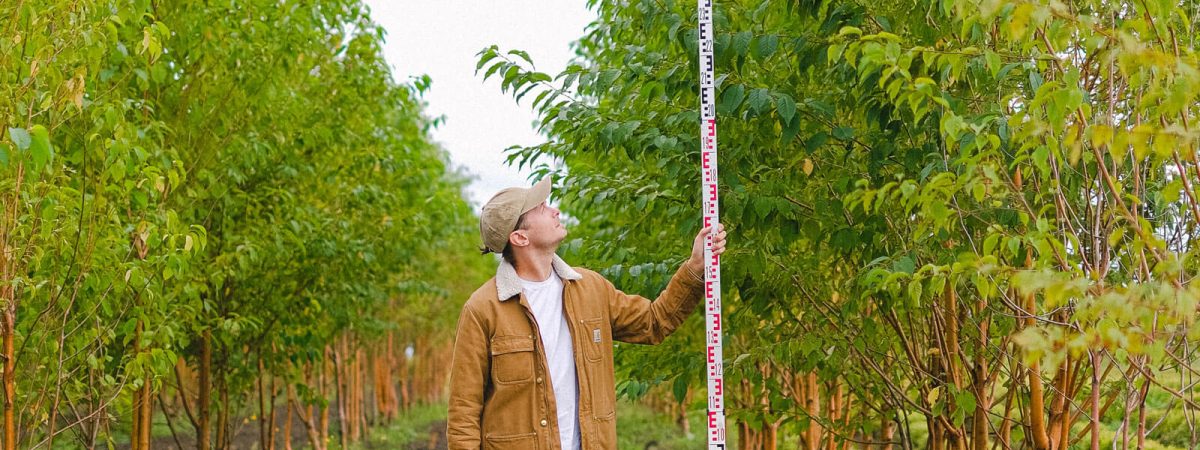Growth regulators are a class of chemicals that cause hormonal changes in plants. The resulting change in hormones can cause the tree to grow in a different manner than if left untreated which results in a regulated growth pattern which is useful for both arborists and homeowners.
An arborist may recommend a growth regulator for many reasons – in most cases it is used to control a tree’s canopy growth in trees that have space limitations or to reduce the new growth between pruning cycles.
There are some important things to consider before making the determination to utilize a growth regulator on your trees/landscape:
When To Use Growth Regulators?
- To maintain the size of a tree
- Improve root water and nutrient uptake
- Treat for some fungal diseases
- Keep trees that have been pruned for solar panels clear for longer
Benefits of Growth Regulators
- Extend pruning cycles and lower cost due to less canopy growth
- Improve tree root health
- Improved resistance to drought
- Improved pest and disease resistance
Drawbacks To Growth Regulators
While growth regulators are very beneficial, the chemical needed is expensive so the cost for each treatment will need to be considered before applying.
Risks Associated with Using Growth Regulators
Tree Growth regulators must always be applied by a trained arborist. It is very easy to misuse a growth regulator and over treat a tree. Doing this can cause the tree to become stressed and possibly suffer from pests or diseases in the long run.
Read More About Other Tree Health Topics:
How to Fix a Leaning Tree
Guide to Colorado Fruit Trees
All About Tree Fungus
Common Tree Diseases
If you are interested in discussing whether a growth regulator could be beneficial for your landscape, contact the team at Splintered Forest today.

